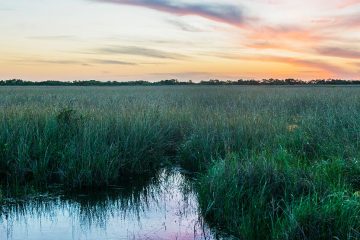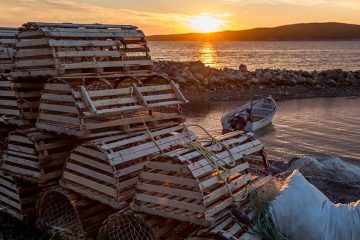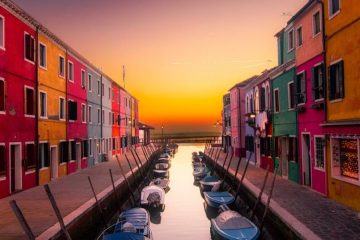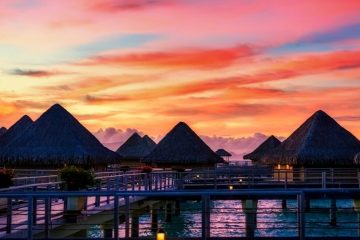6 of the World’s Best Islands
More Than Merely Tropical Escapes
“The islands.” Those two words conjure up images of palm trees and coconut, sun-kissed sand and turquoise waters, couples strolling hand in hand and surfers catches waves. You can find those sights and experiences in isles, keys, atolls and archipelagos all over the globe. Here’s the thing, though. The world’s best islands to visit have so much more to offer.
Here is a list of some of the world’s most fascinating islands to visit. Some hew to the traditional tropical escape and others provide different adventures. Read on to discover what your next island getaway could be!
Nevis (Lesser Antilles, Caribbean)
Want to relax on the beach, soak in some rays and sip fruity drinks with paper umbrellas protruding from your glass? You can certainly do so on Nevis, a tiny Caribbean island of about 36 square miles that is dominated by a cloud-topped peak. The Four Seasons has a resort here, which includes an expansive golf course. Numerous other hotels and guest houses stake out the beach too.
However, little Nevis offers more than beach houses. You can hire a private guide and trek through the jungle in search of ruined sugar plantations. Better yet, stay on the grounds of a converted one or dine in what might be the Caribbean’s oldest wooden building. You can visit Alexander Hamilton’s birthplace, watch a horse race by the ocean, or hunt for sea glass on the windward side of the island.
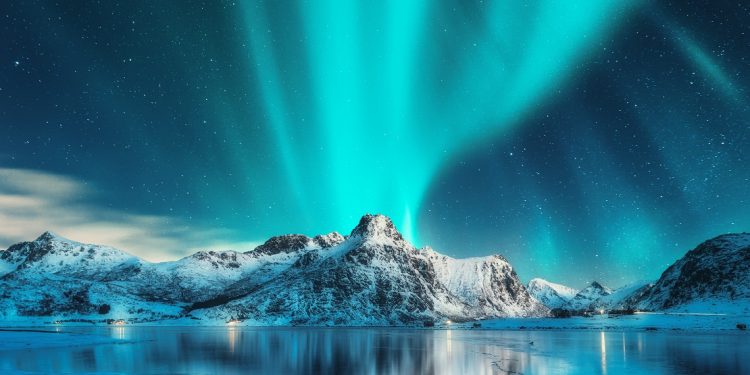
The Lofoten Islands (Norway)
The Lofoten Islands are the polar opposite of a tropical getaway. Situated north of the Arctic Circle, this archipelago serves up a number of striking contrasts, from the seemingly never-ending midnight sunny summers to breathtaking displays of the northern lights during the winter. There are also ragged crags, postcard-perfect fishing villages, and placid inlets and bays that slide from indigo to silver depending on the time of the year.
You will not lack unique activities. In addition to spying out the aurora borealis, consider a kayaking expedition, or think about booking a tour to the Moskstraumen (the Maelstrom), one of the world’s strongest tidal currents. Examine millennia-old cave paintings in Kollhellaren Cave, tour the longest known Viking longhouse, walk Utakleiv Beach (which The Times dubbed the world’s most romantic beach) and sample whale meat and dried cod.
More Than Merely Tropical Escapes “The islands.” Those two words conjure up images of palm trees and coconut, sun-kissed sand and turquoise waters, couples...
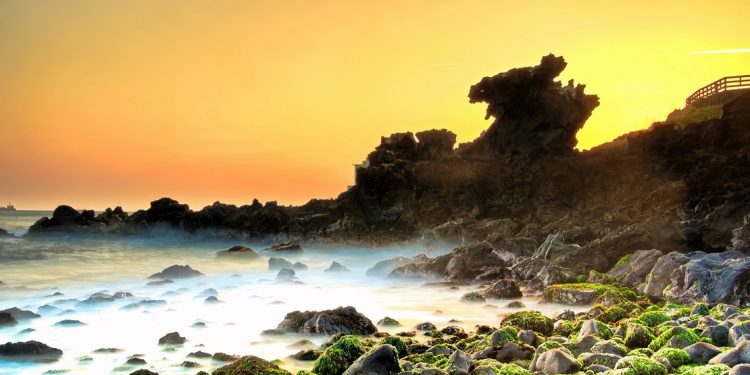
Jeju Island (South Korea)
South Koreans know all about Jeju Island, the largest isle in the Asian nation and by far one of its most frequented vacation destinations. However, it is not even a blip on most radars for North Americans. This is a shame because this craggy, volcanic isle has so much to offer.
Like many island escapes, you sun yourself on the beach, swim in the water and even examine otherworldly corals. While you are doing so, you might notice the haeneyo, female free divers who are mostly in their sixties. Once you tire of the coast, hike up Hallasan, a mountain that is also a Unesco World Heritage site. If you enjoy stretching your legs but would prefer something a little less strenuous, Jeju features an interlocking series of paths known as the Olle trails.
You do not have to exercise to enjoy your time on Jeju Island either. Visit the Jeju Folk Village, which takes you back to 19 century. Drive up Dokkaebi Road, a route that will make a car seem to float uphill if you put it in neutral. Then, chill out in the soaring lava tubes of Manjanggul Cave.



